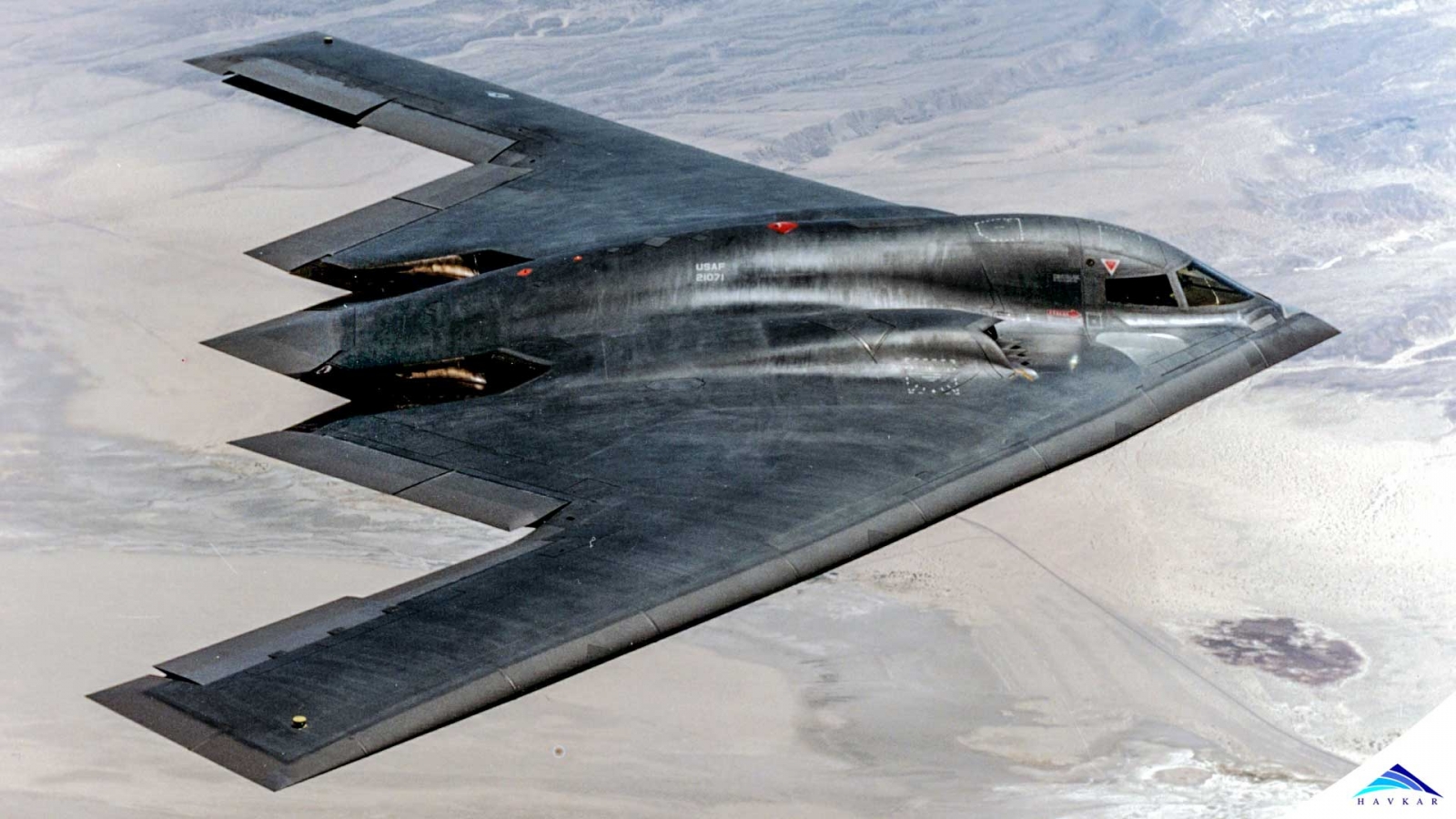
Stealth aircrafts evade the radars of enemies. The radar evading technology uses several techniques to reflect the radar, radio, infrared and other frequency waves. This makes the aircraft unidentifiable through enemy radar.
Birth of Stealth Aircraft:
During WW II, the radars are a serious threat to military aircraft. The development of stealth or low detection was necessary. Radar Absorbent Material (RAM) was applied to all the part of aircraft surface. After this development, due to advanced technology, lower Radar Cross Section (RCS) were developed which gave significant results in lower radar detection.
Radar Cross Section (RCS):
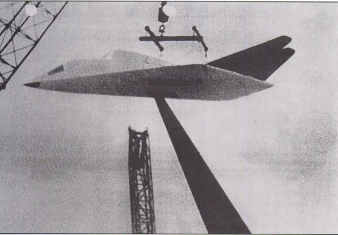
Northup RCS Blue Design aircraft model
RCS is usually measured in terms of decibels (db). Special designs and coating treatments needed to be done to reduce the RCS and its reflection. Even the shape of the aircrafts should be able to absorb and scatter the radar signatures. The most important elements for stealth technologies in aircraft are aircraft design pattern, RAM and special treatments.
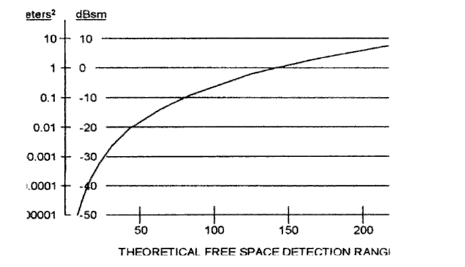
RCS Detection Range
The State of the art Technology which makes the aircraft in Stealth mode:
The three principal elements which make the aircraft stealthy are
1. Radar Absorption Materials:
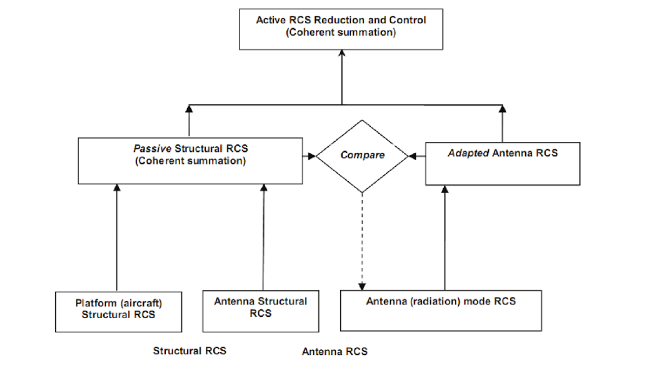
RCS reduction in the aircraft and control by Material usage
There are several computer analysis which are done to reduce the RCS using RAM. The analysis would determine reflection, absorption and transmission.AESOP - A Computer-Aided Design Program for Linear Multivariable Control Systems is done to meet the design goals to reduce the RCS

RCS reducer
Specular RAM is used in the antennas. Good absorption is needed for the antennas which are manufactures for steal aircrafts.
2. Aircraft Shapes:
Specular reflection is considered the best scattering technique mechanism. Specular reflection is the refection from the surface perpendicular to line of sight between radar and target. The aircraft designers understood that low-RCS aircraft is needed to evade all the types of bi-static and mono-static radar.
The corner shaping configurations were also used for low RCS.
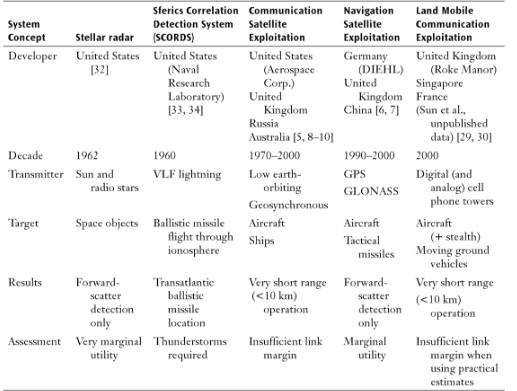
Bistatic Radar used for military operations.
The stealth aircrafts have the capability to evade even the bistatic radars by proper aircraft shaping mechanisms.

Corner Configurations type to give low RCS.
3. Special Treatment:
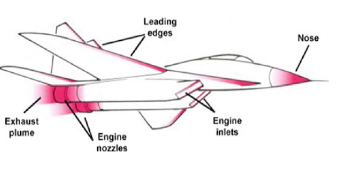
Contributors of High Infrared RCS of a Tactical aircraft
The major sources of increased RCS in an aircraft are antennas, cockpit, engine exhaust, inlet, propellers, rotors and external weapons storages. The conductive coatings on these structures would reduce RCS. The engine coolant in exhaust and RCS lining in the engine inlet were used to reduce the engine RCS.

RCS and detection range for different aircrafts
Stealth Aircrafts;
First Stealth aircraft in the world:

Lockheed F-117 NIGHTHAWK
Other A/C :
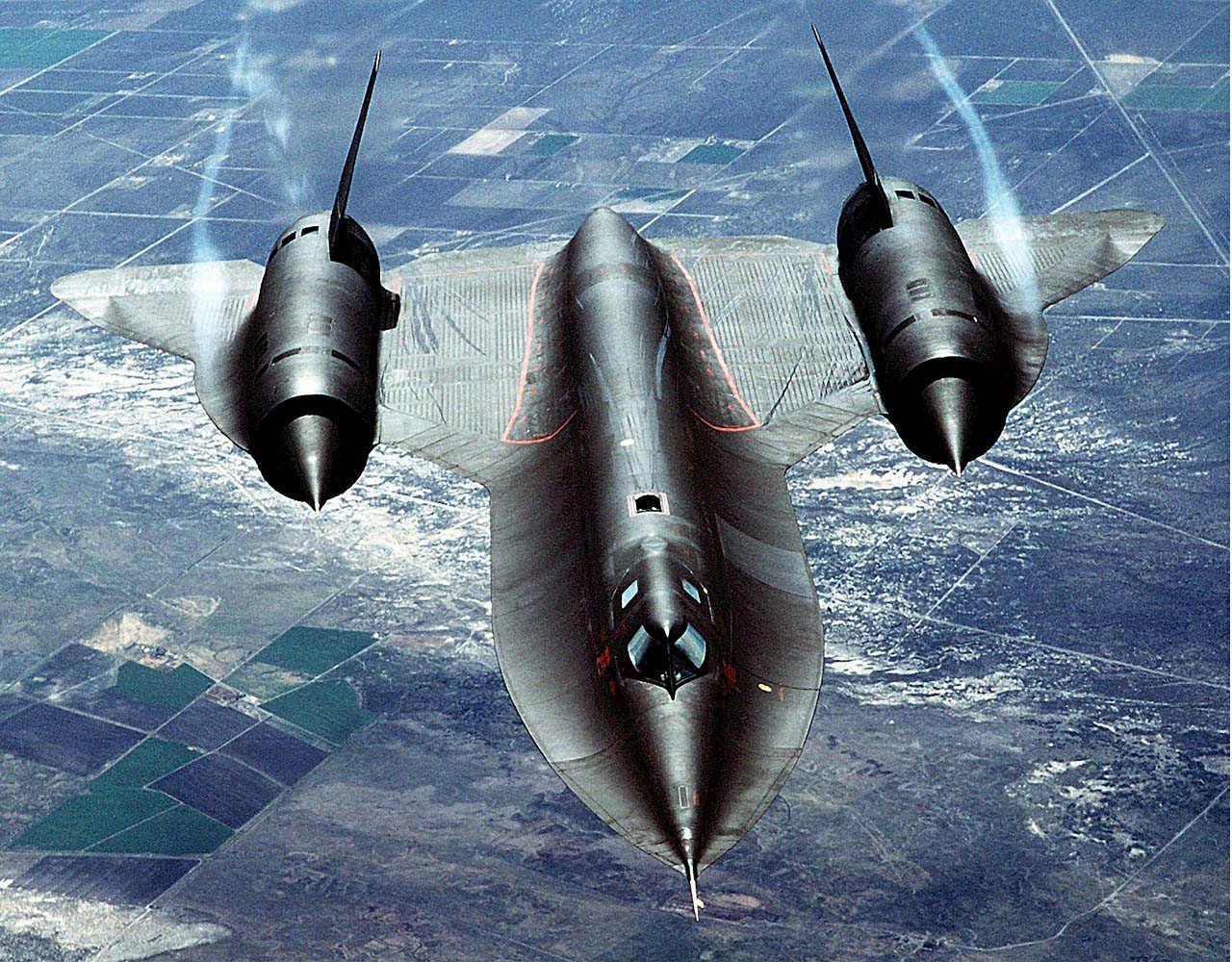
Lockheed Martin SR-71 Black Bird Aircraft
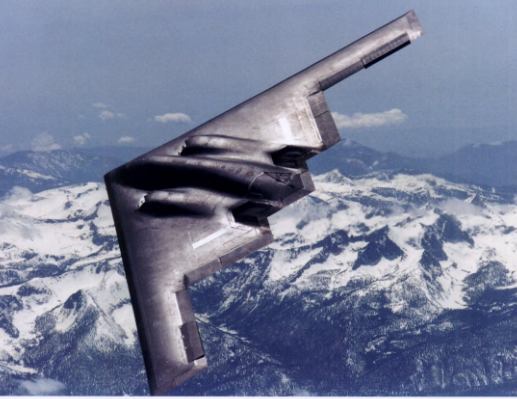
Northrop Spirit B-2 Bomber
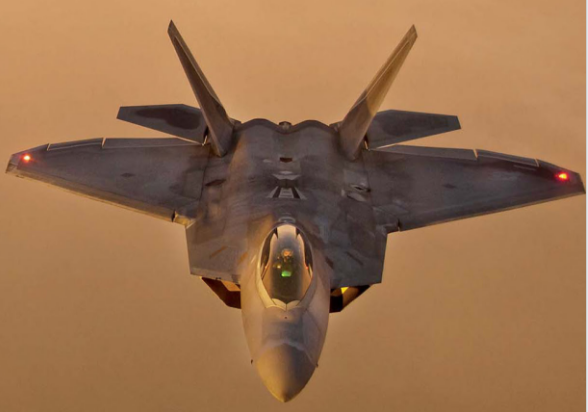
Lockheed F-22 Raptor Fighter Aircraft
Restrictions of Stealth Technology in Aircrafts:
Unstable Design:
The main aim of the stealth design was to reduce the radar cross section (RCS) if the aircraft. This made the aircraft like F-117 Nighthawk to fly with aerodynamic instability. It was difficult to control the unstable aircraft. Other flight systems like FBW (Fly by Wire) helps control the aircraft.
Less Aerodynamic Performance:
The stealth bombers like F-117 and B-2 aircrafts did not use after burners which helps to increase the speed of the aircraft. Due to the lack of this propulsive system, the aircrafts lack aerodynamic manoeuvrability. The latest aircrafts like F-22 Raptor and F-35 have the stealth feature with the afterburners.
EM emissions from Stealth Systems:
The high-powered flight systems inside the stealth aircraft would emit some electromagnetic radiations which will be detected by some of the passive radars in the ground.
External Payloads:
The external payloads like external fuel tanks, weaponry and missile bay are prone to radar detection. These hard points don’t have lesser RCS
Cost of Build, production and Maintenance:
These aircrafts are costlier to manufacture and maintain for extended lifetime. Some of the systems need to be replaced with higher cost than normal aircrafts. The F-35 fighter program costs billions of dollars U.S government.
Alternative Methods to Detect Stealth Aircrafts:
Infrared Tracking System:
The infrared tracking systems help to track the stealth aircraft. All the aircrafts have aerodynamic friction heating. So, IR tracker will help to track the stealth aircrafts. These trackers can be fitted to other aircrafts and helps to find stealth aircrafts in their course of flight.
Multi-static Radars:
The passive multi-static radars have the capability to detect the stealth aircrafts. These radars use FM and radio signals to detect the aircrafts.